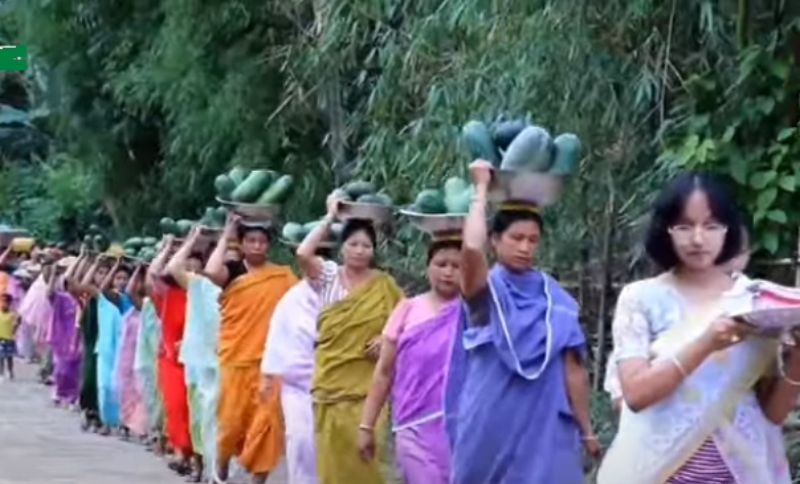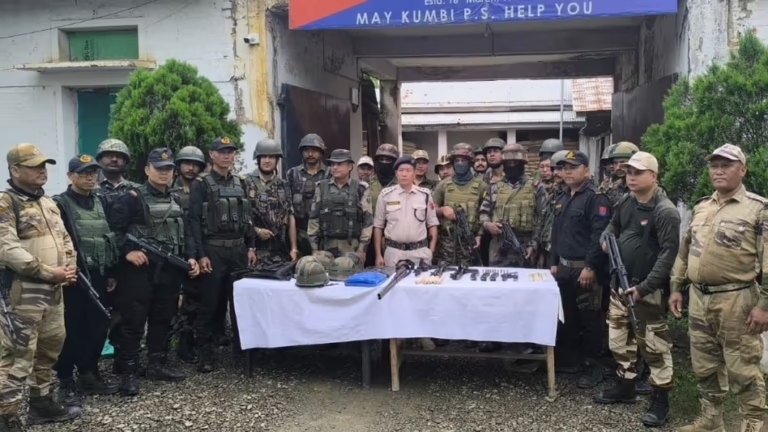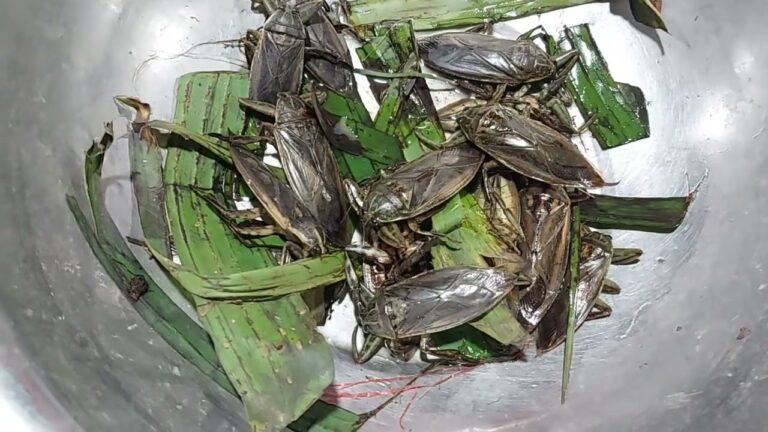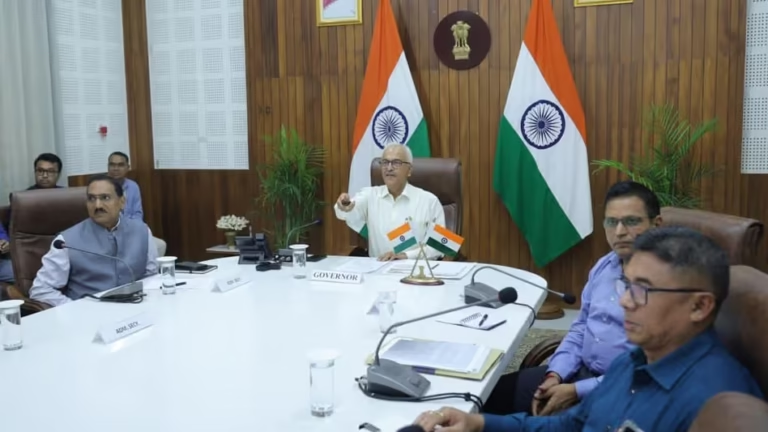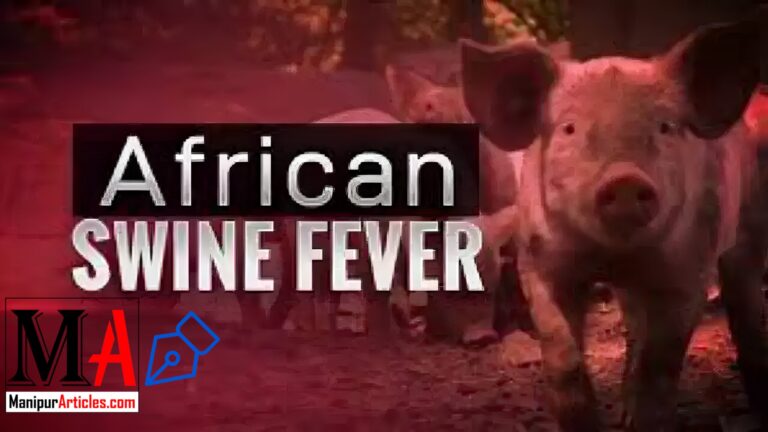Manipur IDPs Return Home to Haotak Pampha Khunou After Months of Displacement
News Summary
Around 100 internally displaced persons (IDPs) who fled Haotak Pampha Khunou in Manipur’s Bishnupur district after a violent attack on 10 January 2024 finally returned home on 19 May 2025. A “home-coming” ceremony—arranged by local MLA Sanasam Premchandra and the BJP Kumbi Mandal—welcomed them back. Villagers say a stronger deployment of central security forces (BSF and the Mahar Regiment) has restored enough calm for them to rebuild their lives.
1. Setting the Scene: A Village on the Edge
Nestled beside the Loktak Lake wetlands, Haotak Pampha Khunou is the sort of dot-on-the-map settlement you’d miss if you blinked. Paddy fields stretch like a giant green quilt and fishing huts squat on bamboo stilts over mirror-still water. Life here has always been anchored in routine—seed-sowing at dawn, nets flung at dusk, clan gatherings that end in rice beer and folk songs. Yet the village also straddles a fault-line: the wooded Meisnam-Chingsang hills form an invisible border between Meitei-dominant Bishnupur district and Kuki-dominant Churachandpur. When ethnic tensions flare anywhere in Manipur, Haotak feels the tremor first.
2. Flashpoint: 10 January 2024
On a chilly Wednesday afternoon—3:20 p.m., to be precise—suspected Kuki militants allegedly opened fire and hurled improvised bombs at Meitei farmers harvesting late paddy. Panic erupted faster than gunfire echoes could fade. Families grabbed infants, elders, a handful of clothes, and sprinted. By sundown every bamboo-and-tin house stood empty, doors flapping like startled birds.
Why that day? Several threads tangled:
- Escalating Ethnic Conflict – 2023 had seen rolling clashes between Meitei and Kuki groups over land, political representation, and a proposed Scheduled Tribe status for Meiteis.
- Strategic Geography – Haotak controls a lakeside corridor that both communities regard as vital for fishing rights and smuggling routes alike.
- Security Vacuum – State forces, stretched thin elsewhere, left only a skeletal post here; insurgents exploited the gap.
Rhetorical question: What happens when fear becomes more abundant than food?
Answer: An exodus.
3. Life in Displacement: From Farmers to Camp-Dwellers
For sixteen months the villagers scattered across relief camps in Bishnupur’s Kumbi College, make-shift church halls, and relatives’ verandas in Imphal. Let’s break down the lived reality:
| Challenge | Daily Impact | Coping Hacks |
|---|---|---|
| Cramped shelters (12 sq m avg.) | Respiratory infections spiked; privacy vanished | Families hung saris as improvised partitions |
| Interrupted schooling | 78 children missed at least one academic year | Volunteer teachers ran bamboo-blackboard classes |
| Loss of livelihoods | Fisherfolk lacked lake access; farmers lost an entire crop cycle | Women formed weaving cooperatives selling phanek online |
| Trauma & mistrust | Night terrors, community gossip blaming “the other side” | NGOs held circle-healing sessions using storytelling |
Notice the ingenuity: weaving phanek (traditional wrap-around skirts) not only earned rupees but stitched dignity back into daily life. That’s burstiness—sudden creative surges amid bleakness.
4. The Road Home: Security First, Politics Second
Fast-forward to early 2025. Two parallel developments shifted the equation:
- Security Surge – Under pressure from civil-society groups, the Union Home Ministry green-lit a fresh deployment: 3 companies of BSF and one of the Mahar Regiment stationed along the hill ridges and paddy bunds.
- Political Calculus – MLA Sanasam Premchandra, eyeing 2027 polls, spearheaded the “Go-Back-Home” initiative. Cynics call it optics; villagers call it oxygen.
A series of confidence-building measures followed:
- Joint patrolling with village volunteers.
- GPS-tagged fencing of the most sensitive hill flanks.
- A compendium of promises—compensation for burnt houses, seeds for the upcoming monsoon crop, solar streetlights, and, crucially, an Assurance of Non-Interference signed by Kuki civil-society leaders.
Metaphor time: Think of trust as a fragile sapling; it needs both fencing (security) and manure (political goodwill) to take root.
5. Homecoming Day: 19 May 2025
The return itself was equal parts ceremony and logistics drill. A four-truck convoy rumbled from Kumbi, escorted by khaki-clad jawans. At the entrance arch—garlanded in marigold—women performed the Meitei kangsubi ritual, sprinkling holy water and rice grains to “cleanse” ill fortune. Elders wept; teenagers, more pragmatic, whipped out smartphones for Instagram stories tagged #BackToRoots.
Yet the scene wasn’t all sunshine:
- Scarred Structures – At least 60% of bamboo walls showed bullet holes; thatch roofs sagged from months of monsoon rot.
- Mine of Memories – Each pock-mark on mud walls triggered flashbacks; a kitchen corner where grandmother once stirred chinghi broth now smelt of must and mould.
Once the speeches ended and reporters left, hard reality kicked in: it would take weeks to restore water lines, rebuild livestock pens, de-weed abandoned fields.
6. Rebuilding Livelihoods: Seeds, Fish & Solar Panels
Local NGOs partnered with the state agriculture department to distribute:
- High-yield paddy seeds (var. CAU-R1) for quick turnaround before October harvest.
- Fingerlings to restock backyard fishponds—an essential protein source.
- 50-watt solar panels per household, a hedge against Manipur’s chronic power cuts.
Farm science in a nutshell: because the soil lay fallow for over a year, its “hunger signs” (nutrient deficits) are minimal; organic matter decomposed in place, making this an inadvertent green-manure period. Agronomists expect a 10-15 % bump in yield—if peace holds.
7. Social Healing: From Collective Trauma to Collective Action
Experts argue that rebuilding walls is easier than rebuilding trust. The village council launched three initiatives:
- Mixed Youth Football League – Teams comprising equal numbers of Meitei returnees and neighboring Kuki hamlets; every game ends with a shared chak-hao kheer (black-rice pudding).
- Story Circles – Monthly evening gatherings where survivors narrate displacement memories, counterbalanced by hope stories.
- Women’s Market (Ima Keithel-lite) – A weekly bazaar run exclusively by women, echoing Imphal’s famed all-female market, providing both income and a safe public space.
Analogy alert: Trauma is like a hairline crack in glass—hard to spot until tapped. These communal spaces act as resin, seeping in and solidifying the fracture.
8. The Broader Ethno-Political Equation
A single village’s return will not, by itself, end Manipur’s Meitei-Kuki tinderbox. But it offers a pilot template:
- Security Bubble + Economic Incentive + Cultural Bridges = Gradual Return.
Each factor alone fails; together they form a three-legged stool stable enough to sit on.
Caveats remain:
- Militants still lurk in hill bases.
- Compensation funds, historically, trickle slower than promised.
- Climate volatility (erratic monsoon) could derail agricultural rebound.
Nevertheless, policy analysts view Haotak as a potential proof-of-concept. If scaled, hundreds more IDPs across Bishnupur and Churachandpur might follow suit.
9. Voices from the Ground
Takhellambam Babu Meitei, 68:
“I left my walking stick behind when we ran. Today I found it right where I dropped it—a sign the ancestors kept watch.”
Thangjam Leima, 32, Weaver:
“In the camp, my loom frame doubled as a clothes rack. Back home it’s music again—the click-clack is my lullaby.”
BSF Commandant R. Singh:
“Our mandate is peacekeeping. But the real peacekeepers are the mothers who insisted their sons don’t pick up guns.”
10. Looking Forward: Metrics of Success
How do we judge whether this return sticks? Think of three yardsticks:
- Security Incidents – Zero major violent episodes for twelve consecutive months.
- School Attendance – At least 90 % enrolment by July 2025.
- Commodity Flow – Fish baskets pilfering back into Kumbi market by autumn, signalling restored lake access.
If these metrics hold, Haotak’s story could pivot from anecdote to data point—fuel for evidence-based reconciliation policy.
11. Lessons for Conflict-Torn Communities Worldwide
While every conflict context differs, Haotak underscores universal truths:
- Victim Agency Matters – IDPs drove negotiations, not just government diktats.
- Micro-economics Beats Macro-rhetoric – A bag of seeds can calm nerves faster than a lofty speech.
- Cultural Rituals Are Soft Power – Rice-sprinkling, shared football, women-led bazaars speak a language guns don’t understand.
Think of it as weaving a fishing net: each strand (security, livelihood, culture) is weak alone, but knotted together it hauls communities back from the brink.
FAQs
- Why were Haotak Pampha Khunou villagers displaced in 2024?
Suspected Kuki militants attacked the village on 10 January 2024 amidst wider Meitei-Kuki clashes, forcing residents to flee. - What ensured their safe return in May 2025?
A reinforced security presence (BSF & Mahar Regiment), political initiative by the local MLA, and compensation pledges created conditions for homecoming. - How are livelihoods being restored?
Agencies distributed paddy seeds, fish fingerlings, and solar panels; women’s weaving collectives and weekly markets are reviving income streams. - Is the conflict in Manipur over?
No. Sporadic violence continues elsewhere, but Haotak’s return is a hopeful milestone that could guide further reconciliation. - Can this model be replicated in other conflict zones?
Yes—provided security, economic support, and cultural bridge-building are implemented together and tailored to local realities.
